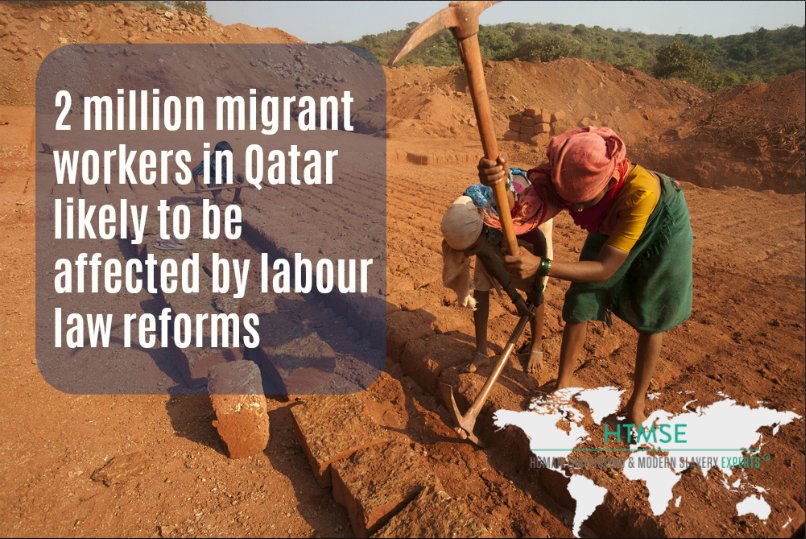Worldwide sub-contracting is the hallmark of 21st century business, and the fashion industry has been no exception to this trend – having paid in human costs what it gained in monetary benefits. The 2013 Rana Plaza collapse, having claimed over 1,100 lives and injured 2,500, remains to this day the most dramatic and opportune illustration of the pervasiveness of modern slavery in the garment industry.
Boasting of 60-75 million workers worldwide, international textile supply chains are, whether to the knowledge or obliviousness of international businesses, riddled with forced and child labour. As a result, many clothes sold by high-street brands are the product of modern slavery; but the complexity of the supply chain – with fashion brands having on average over 200 suppliers – renders difficult the identification and investigation of instances of slave labour. Because the textile industry is built on low-skill jobs, it relies on highly vulnerable low-wage labour force who have little bargaining power and work in extreme conditions in unsafe factories. While international firms are interested in cutting costs and pressure sub-contractors to reduce their own (i.e. workers’ wages), they sacrifice demands on workers’ rights. In turn, governments are reluctant to set working conditions that would drive production costs upwards by fear of losing markets – a particularly egregious outcome for countries such as Bangladesh, where the apparel industry accounts for 83% of total exports.
The global fashion industry is particularly cruel to children and women. Children are often considered to be well-suited to low-skilled labour and even preferred to adult workers for tasks such as cotton-picking, as a result of the belief that their small fingers will not damage the crop. The attractiveness of employing children, however, lies not only in technical advantages but also practical benefits, as children are unlikely to bargain for better working conditions or voice any sort of complaint. Gender discrimination is equally pervasive, with a high preference for female workers due to the persistence of cultural stereotypes on female passivity and submission, that in turn lead to sexual harassment and abuse.
Textile global supply chains have been previously described as ‘opaque’, with customers having poor or no knowledge of the workers, working conditions and specific location behind every garment in their closet. Following the introduction of the Transparency Pledge by a collation of labour and human rights groups, there is growing momentum supporting transparency in the supply chain, with the UK’s Modern Slavery legalisation which requires companies to publish a modern slavery compliance statement, but recent figures suggest that only half of companies required to file compliance statements under the Act have done so. But local or regional initiatives have been slowly forthcoming, such as Tamil Nadu’s recent implementation of a new law preventing trainee works in the garment industry from being trapped in apprenticeships longer than one year, a scheme which previously justified salaries below minimum wage and lack of job security and benefits coverage. Although practical steps such as drafting supply registers and raising awareness among garment workers as to their rights might prove effective in identifying instances of modern slavery, little can be done to actually protect victims without tackling the root cause of slave labour: poverty and lack of better opportunities.
